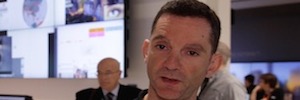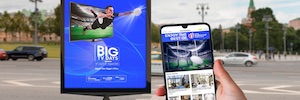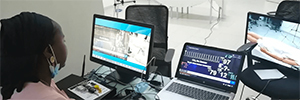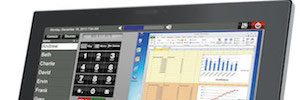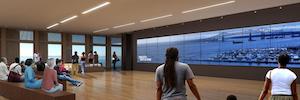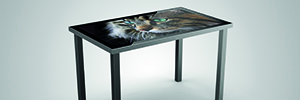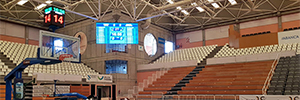They plan a new technology of head-up displays for cars
Pioneer Corporation and MicroVision are collaborating to develop an innovative head-up display product (HUD) basado en láser para el sector automovilístico.
Japan's Pioneer Corporation plans to launch its first Head-up display (HUD, for its acronym in English, of Head-Up Display) Based on the innovative projection technology of MicroVision. HUDs are virtual data projection systems on the driver's windshield and mirror, And major U.S. automakers also plan to integrate this technology into their vehicles to 2016, according to Lance Evans, Director of Business Development at MicroVision. The image projector of this company based in Redmond, Washington (Us.) Works thanks to semiconductor lasers and a microscopic mirror.
The company's HUD is already installed in some prototype vehicles, But until now it was too expensive for commercial models., according to Evans. Now that the prices of green lasers have fallen, that accounted for an important part of the final price of the screen, Technology can be competitive with traditional screens.
Most existing HUDs generate images using LCDs. The diodes emit light and a series of liquid crystal screens that function as blinds, make it reach every pixel or not, as needed. This method requires a lot of energy and sometimes the images are not bright enough to be seen in broad daylight.. New displays use liquid crystal appliances or hundreds of tiny mirrors to reflect light onto each pixel.. And although this type of screens spends less energy, still not too bright.
Laser technology
MicroVision's system uses three lasers — one red, one green and one blue- and a single silicon mirror one millimeter in diameter that tilts on two axes. The laser emits light at different intensities and the three colors combine to produce the final color of the pixel.. Lasers emit light on the mirror, that moves quickly horizontally and vertically, painting the image on the windshield pixel by pixel. This happens so fast that the image appears static. Evans has ensured that the pure and saturated colors of lasers result in sharper images with higher contrast., So they are visible even in broad daylight. Illuminating pixel by pixel also saves energy. And using a single mirror instead of a whole series of them makes the device smaller., Simple and cheap.
The final cost of MicroVision's product depends primarily on the price of advanced green lasers. Traditionally, it has been difficult to make true green lasers, So most of them contain semiconductors that emit infrared light that turns green by a complicated optical system.. However, in recent years, a half-dozen key producers like Nichia,Osram Opto Semiconductors, and Soraa, have developed cheaper pure green lasers. Little by little they are starting their large-scale manufacture, which will reduce prices even more. Evans expects the cost to remain at one-tenth of the current one by the end of this year..
You liked this article?
Subscribe to our RSS feed And you won't miss anything.





